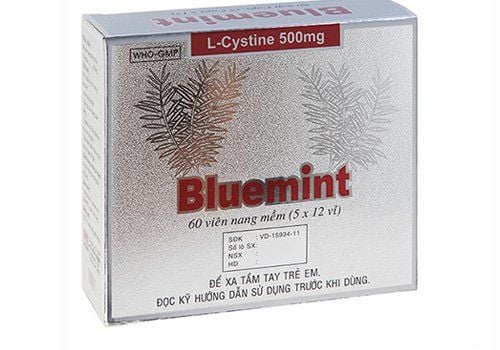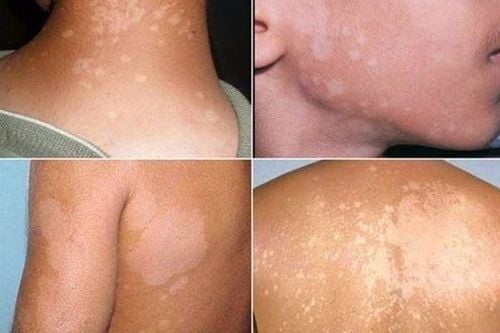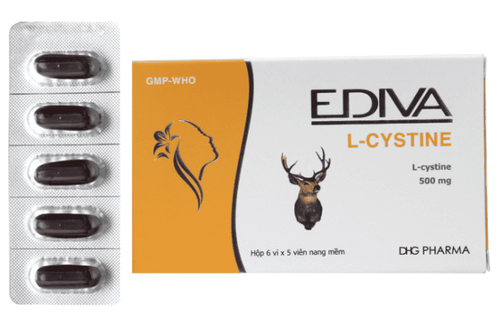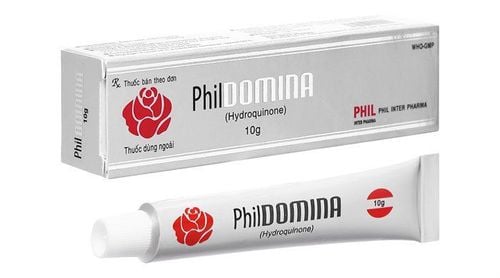This is an automatically translated article.
Women during pregnancy or after giving birth will develop some strange skin changes on the face. This condition is called melasma and it affects about 50 to 75% of all mothers. Sometimes melasma can be permanent but it usually fades after birth. However, women with melasma should avoid sun exposure as much as possible.
1. Melasma during pregnancy
1.1. Melasma Melasma during pregnancy is called the “mask of pregnancy”. Melasma occurs as dark, translucent, brown patches that appear uneven over time. The location appears mainly on the skin of the forehead, cheeks, nose or lips.
Melasma can happen to anyone and it is most common in women, especially women who are pregnant, taking birth control pills or going through menopause. In these subjects, eye discoloration was the only symptom.
1.2. Causes Melasma is caused by hyperpigmentation that occurs when increased estrogen levels cause overproduction of melanin. This condition is also the cause of dark lines on the lower abdomen or nipples, freckles, and moles that are darker in color.
Dark-skinned women such as Africans or Asians are more likely to develop these symptoms. Especially if they are exposed to the sun a lot, the condition will get worse.
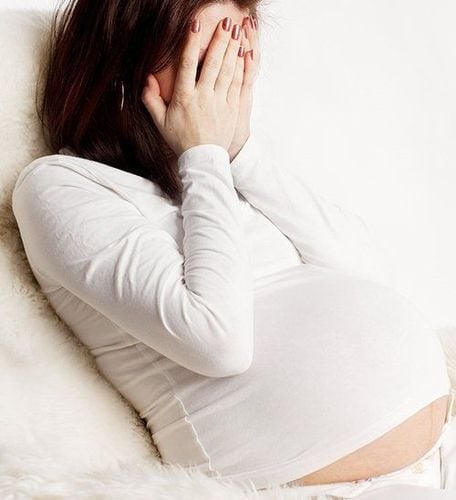
1.3. Some measures to help reduce melasma for pregnant women When pregnant with melasma, what should I do to reduce the symptoms of hyperpigmentation, which affects the beauty of the pregnant woman? In fact, all skin pigmentation changes caused by melasma will probably go away on their own after giving birth, but there are some simple methods you can use to minimize dark spots on your skin during pregnancy. the safe way:
Use sunscreen every day and all the time, this is very important because exposure to the sun's ultraviolet (UV) rays will be a trigger for the development of melasma and enhance skin changes. pigment change. Use a broad-spectrum sunscreen with SPF 30 or higher every day. In particular, choosing a physical sunscreen containing zinc oxide or titanium dioxide is the best. Use sunscreen even when it's not sunny, and reapply often during the day if you're outdoors, every 2 hours. Even if you don't plan to leave the house or spend a lot of time outside, it's still a good idea to apply sun protection as part of your daily routine. Use a wide-brimmed hat and sun-protective clothing: When outside, wear a wide-brimmed hat as well as a long-sleeve shirt to avoid direct sun exposure. Limit time in the sun, especially between 10 a.m. and 2 p.m. This is the time when the sun's intensity is highest, along with ultraviolet (UV) rays that can damage the skin. Waxing is not recommended: Using wax to remove hair can cause skin inflammation that makes melasma worse, especially in areas of the body that are susceptible to discoloration. element. Use hypoallergenic skin care products: Cleansers and face creams that irritate the skin can make melasma worse. Use concealer for skin: If dark spots affect aesthetics, cover them with makeup with white and yellow tones. However, while pregnant, you should not use skin bleaching products. 1.4. Treating melasma during pregnancy Melasma during pregnancy can be treated with certain prescription creams (such as hydroquinone) and some over-the-counter skin care products. Before opting for a treatment, however, be sure to consult a dermatologist for an accurate diagnosis of this condition.
Trắc nghiệm: Bạn có hiểu đúng về dấu hiệu mang thai sớm?
Các dấu hiệu mang thai sớm không phải chỉ mỗi trễ kinh mà còn có rất nhiều dấu hiệu khác như xuất huyết âm đạo, ngực căng tức,… Điểm xem bạn biết được bao nhiêu dấu hiệu mang thai sớm thông qua bài trắc nghiệm này nhé!
2. Melasma after birth
Melasma during pregnancy will fade without any postpartum treatment. The period of fading of melasma can last for 1 year or more after giving birth. Sometimes, they also don't go away completely after this stage.
One of the causes of melasma after giving birth is due to a decrease in estrogen hormone that has not yet returned to the balance level or some women using contraceptives containing estrogen hormone such as birth control pills, patches or contraceptive ring. This is a factor that contributes to hormonal changes as well as changes in skin pigmentation and causes melasma.
Or for some other women, the dark spots just fade a little bit, but don't go away completely. To overcome this situation, you can see a dermatologist to advise and choose the appropriate treatment for melasma. Your doctor may recommend a bleaching cream that contains hydroquinone (and possibly sunscreen), or a topical medication that contains tretinoin (Retin-A) or a chemical bleach such as glycolic acid.
Treatment of melasma may not have the desired results immediately, but it can take a long time to notice an improvement of the treatment. If the applied treatments do not reduce the melasma, the dermatologist may use laser lightening of dark spots. However, this is not the best treatment of choice.
Women with postpartum melasma need to maintain protection from the sun throughout the day by using sunscreen every day, especially choosing a physical sunscreen. At the same time, it is recommended to use a hat and long clothes to protect the skin when going out in the sun along with avoiding going out during peak hours of the sun.

Vinmec International General Hospital with a system of modern facilities, medical equipment and a team of experts and doctors with many years of experience in medical examination and treatment, patients can rest assured to visit. examination and treatment at the Hospital.
Please dial HOTLINE for more information or register for an appointment HERE. Download MyVinmec app to make appointments faster and to manage your bookings easily.
Reference source: webmd.com




